Making a case for neurodiversity in design
That the symbol for neurodiversity is the mathematical symbol for infinity might tell you something about its meaning.
“This isn’t about making special arrangements or putting people in labelled boxes”, says inclusive design consultant Jean Hewitt. “Neurodiversity is the whole population.”
The term neurodiversity was coined in 1998 by Australian sociologist Judy Singer and refers to a range of natural variation in neurocognitive profiles across the whole population. While the boundaries can be quite flexible, even if you were to divide people into “neurotypical” and “neurodivergent” categories, with the latter including ADHD, autism, dyslexia, dyspraxia and Tourette’s syndrome, there is variance within each of those too.
As a relatively newly recognised area of inclusivity, “some are getting it really right, and some are still finding their way”, Hewitt says. “There’s a bit of confusion about the terminology as well.”
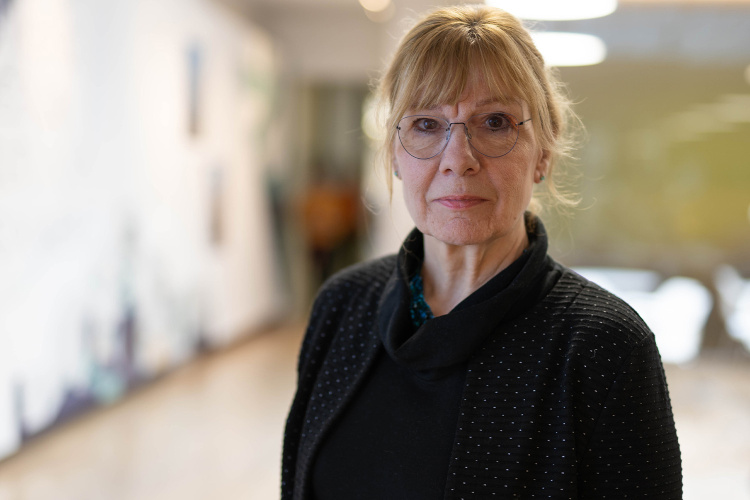
Hewitt works as a senior inclusive design consultant at Buro Happold, has a voluntary role as a UK Government Disability and Access ambassador, and also authored the Publicly Available Specification (PAS), on Neurodiversity and the Built Environment – collating the research and advice of a range of specialist organisations.
She explains that for the PAS, it was decided to frame neurodiversity in terms of “sensory processing difference”, which expands beyond those formally diagnosed with a particular condition and is something dynamic and fluid, susceptible to change due to age, injury or changes in mental health.
A takeaway of the PAS could be that catering for neurodiversity is of benefit to everyone, as it states: “the majority of features that are generally associated with physical and mental wellbeing can also be beneficial to people who experience sensory differences”.
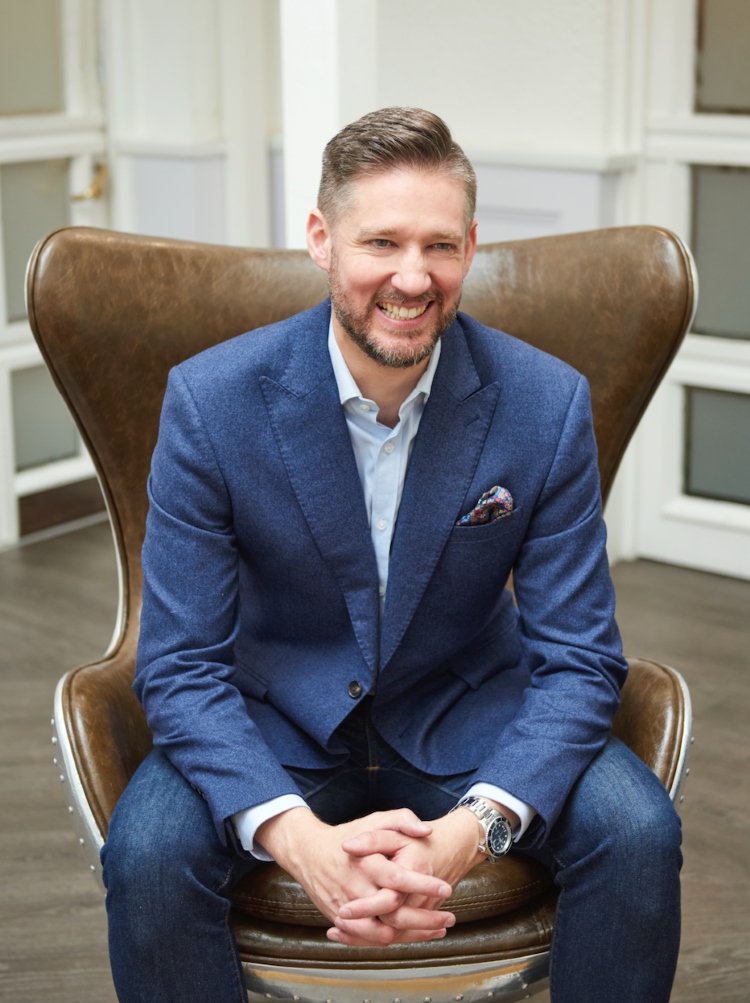
But while designing a space to be inclusive is “the right thing to do, there is a compelling business case for it as well”, explains Kelly Grainger, co-founder of neurodiversity consultancy Perfectly Autistic, who was also diagnosed as autistic and with ADHD in his forties.
“All organisations benefit from diversity of thought and cognitive abilities”, Grainger says.
“Neurodiverse employees bring unique experiences and skillsets”, he says, adding that “research suggests that teams with neurodivergent professionals in some roles can be 30% more productive” he claims.
“If organisations create a workplace that welcomes neurodiversity, it will allow employees to work and achieve in their own way, offering a space where they can remove the mask and be themselves.”
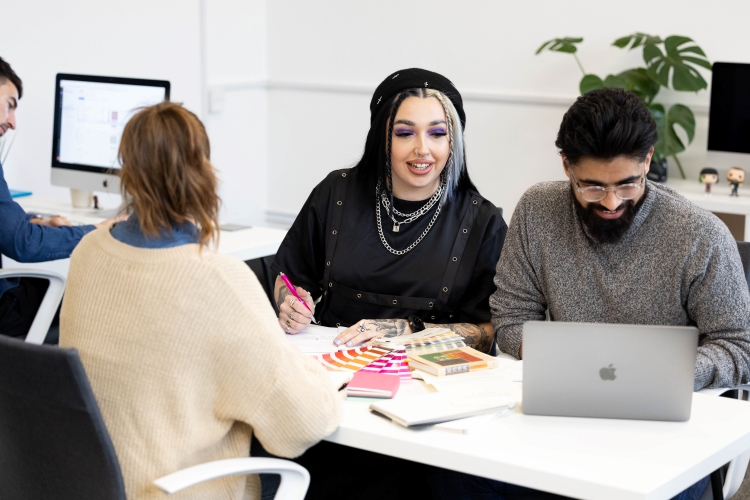
Lancashire-based branding agency, Studio Up North’s managing director Mark Wolstenholme and designer Gabi Duxbury, who is autistic, speak about what neurodiversity brings to their team – as part of its wider diversity.
“The diversity of our team is something we’re massively proud of”, says managing director Mark Wolstenholme. “It’s not been one of those conscious tick box exercises; it’s very much that each of the designers we have here brings a real unique perspective to the work that we do”.
Describing himself and founder Jamie Kelly as coming from “not hugely different backgrounds”, he says that the young diverse team “bring a massive amount of inspiration, creativity, new ideas […] Every day is a school day for us”.
“We don’t set down stringent ways of working; we’re very flexible in terms of the working environment”, he says.
“There are challenges, but we feel that if you work around those challenges – which all of us work hard to do – we have a lot of fun.
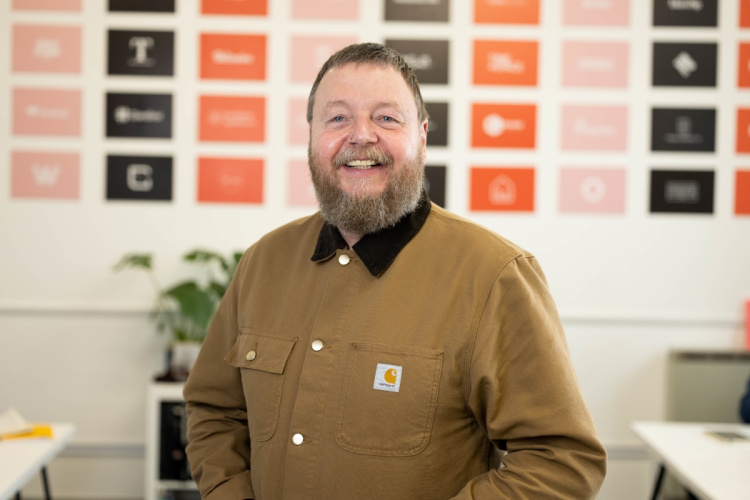
Duxbury says that in her day-to-day work, “it can be easy to get overstimulated with things”. She describes a feeling like a “creative block, like writer’s block, and I can get really overwhelmed with that”.
“But as a studio we’re just encouraged – all of us – to take time and just have a break from it. It’s ok that it’s overwhelming, and [you can] take a minute and go back to it later”, she says.
While she’s at ease when designing, more administrative or academic elements, she suggests are more challenging. “And that’s where in our team, the pressure is taken off me completely, and I can tap into that when I feel I can [do it]”. When she can’t, however, there’s usually some one from the team to help or encourage her.
“We all laugh at each other for the things we say wrong” Wolstenholme says. “I think we recognise that there’s no such thing as normal. We’ve all got strengths and weaknesses [and the team makes sure] we’re all covering each other’s backs”.
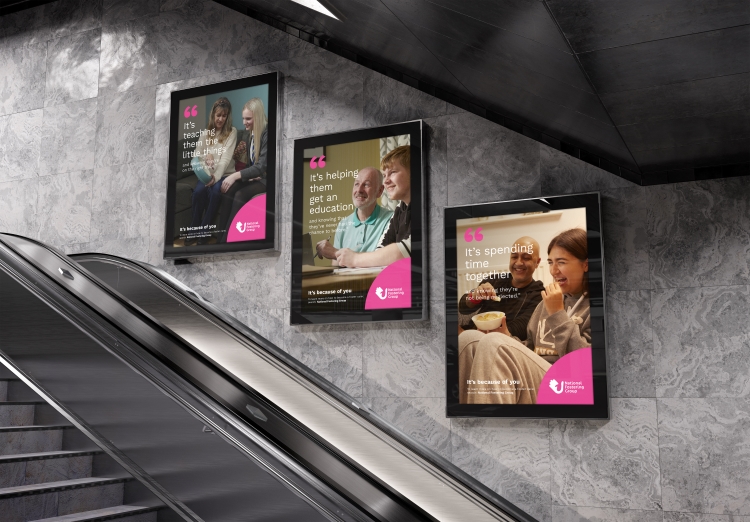
In terms of practical considerations, Duxbury’s sensitivity to noise is aided by her having control of the music – and playlist – even if it prompts the occasional grumble from the team, Wolstenholme says.
“If I’m in control of the music, I don’t struggle so much”, Duxbury says. “They’re little things to other people, but they help me massively”.
Having a desk in the corner of the room facing the studio means “I can see what’s around me, so I have no anxiety about the space I’m in”, she adds.
Wolstenholme explains that when it comes to the environment, everybody has an input. When buying a new lamp, all team members were asked if it was OK, for example.
Overall, the environment is laid-back and open, Wolstenholme suggests.
“I never feel like any of the things I struggle with are an issue”, Duxbury adds. “I’m never embarrassed or uncomfortable talking about it, it’s just normalised".
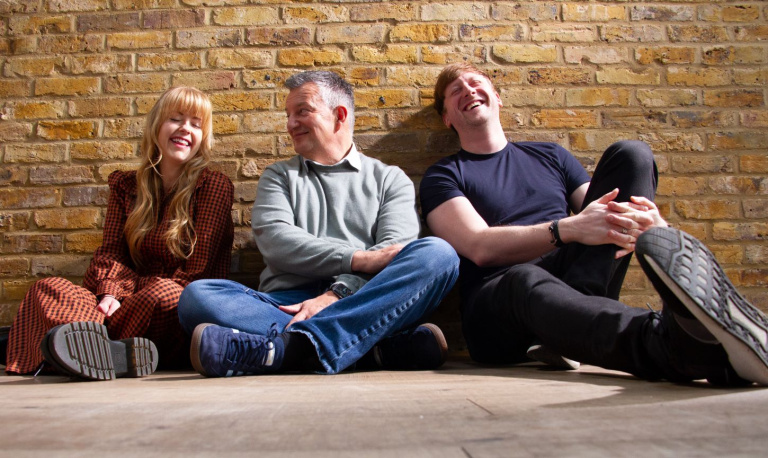
Leif Johnson, a creative director at video and animation-focused creative agency Shoot You, who is also dyslexic, says that things have come a long way in the 20 years he’s been working:
“Things have changed quite considerably now for the better; a better understanding of what dyslexia means and how it can actually be quite advantageous for companies”,
Despite others seeing it as a disability, “I never saw it as such”, he says, adding that he is proud to say that he is dyslexic. “It does make me who I am, and it also affects my work in a very positive way – and I think it’s very much a plus for any company to embrace that”.
His colleague, producer Cally Lathey on the other hand, says she “was quite embarrassed” growing up. But arriving at art school and realising how many others there were dyslexic, she began to see it as “sort of like a superpower. You see things differently. We can interpret thing differently”.
Johnson adds that it’s hard to tell how dyslexia has impacted his work, “because I’ve only ever worked a certain way, which is my way”. While he had thought it “belligerent”, he realised later “that’s the only way I could think and function”.
Like Lathey, he feels it gives him advantages.
“When I started working as an editor in news and TV, I had bosses that said things like “in my day you were just thick”, making complaints such as: “why is everyone dyslexic in the edit suite?”, he says.
“There’s a reason for that, you know. We were able to tell a story visually and were the best people to have in that room”, he says – even if “every now and then the lower third that goes out on the news would probably have a spelling mistake”.
From a management point of view, Shoot You founder Quint Boa, comments that earlier in his career he could have been criticised for his own ignorance of something like dyslexia.
But the strengths of his team today would prove any such misconceptions wrong. “As a rule of thumb, a paradigm, we employ the brightest and the best – regardless of gender, race, or indeed neurodivergence.”
He suggests sometimes now he finds a kind of role-reversal, and as a neurotypical person sometimes he “has to understand what is being said to me creatively – and sometimes I think I’m a little slow on the uptake”.
He explains that the benefits of the team’s different aptitudes extends into their work – as understanding how different people will receive information – including the videos and animations they produce is important – particularly if you acknowledge estimates that neurodivergent people make up as many as “one in five of the population”, he says.
Some of Shoot You’s work is creating training videos for organisations such as Child and Adolescent Mental Health Service (CAMHS) where communication can be critical to the safety of its users.
The agency also creates videos for businesses’ internal training and health and safety: “you know these ideas have to be communicated, and it’s better to do it visually than through the written word”, he says.
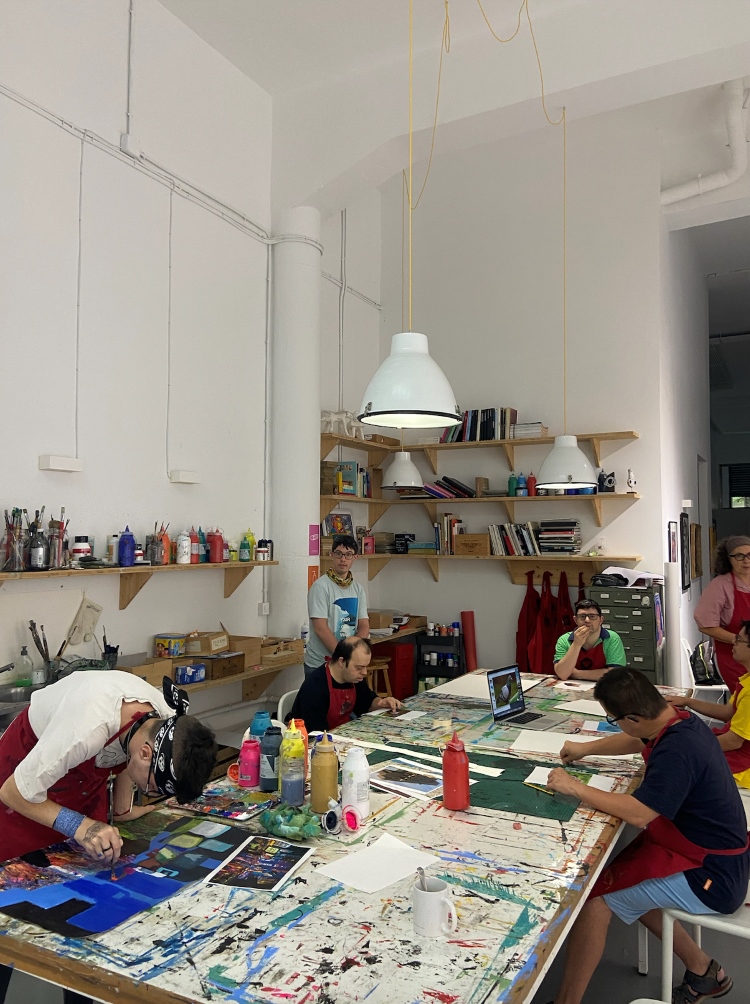
One studio whose entire business model is based on making the most of neurodiversity and disability, working with those with autism or Down’s syndrome, is La Casa de Carlota in Barcelona, with other studios in Peru, Brazil and Columbia.
Director Laura Murtra explains that despite herself and other team members having experienced working “in international agencies with very diverse teams. Creatives from different countries, from different cultures, from different ages”, she explains, “we have never ever had the opportunity to work with people and creatives with disabilities”.
She explains that while expensive, and a concept that “sounds crazy”, it works. “Crazy? Yeah, of course. This is creativity”, she says.
Murtra describes the team’s working methods as “just like any other design studio”. A difference however, is “that part of the job consists of discovering the talent, the surprise, the ingenuity or the unexpected that arises from such different brains”.

“It is constant inspiration. It is a continual relearning and questioning of pre-established concepts”, she says.
“The chaotic and unexpected brain of an autistic person is capable of influencing and questioning the most orthodox design thoughts”.
According to Murtra the studio’s team and working methods affects their design work for the better, allowing the studio “to offer our clients innovative, fresh and different design solutions for their products and services”.
“After ten years working at La Casa de Carlota”, she says, “we’ve learned three priceless life lessons. We’ve learned to forget about prejudices, to be absolutely humble, and most importantly to be immensely happy in our work. And that is priceless”.
Source: Designweek.co.uk
